
Pyrus calleryana Chanticleer Ornamental Pear Tree Free Delivery
Pyrus calleryana, native to China and Vietnam, is an attractive deciduous tree celebrated for its beautiful spring blossoms and vivid autumn foliage. Written by: Linda Jones Last Updated: September 25, 2023
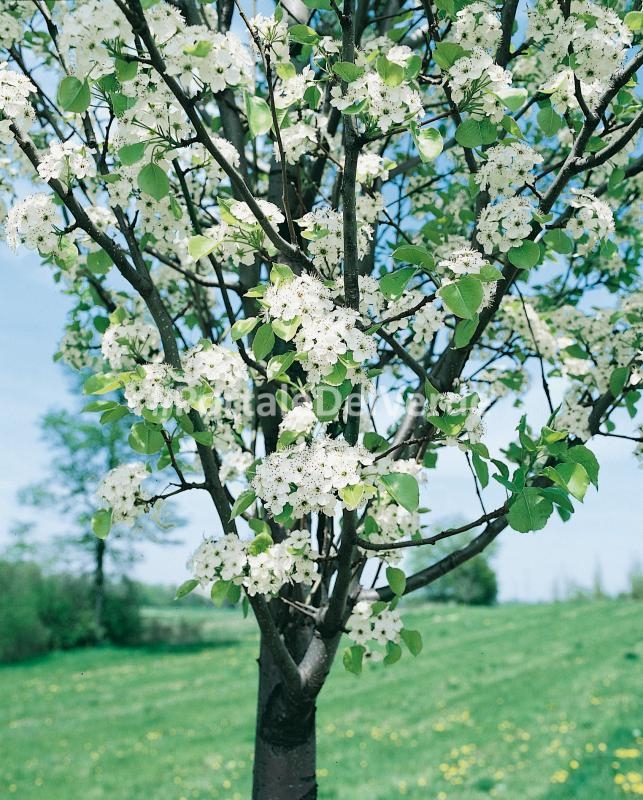
Pyrus CALLERYANA 'CHANTICLEER'
Chanticleer ( Pyrus calleryana 'Chanticleer') is a cultivar of the Callery ornamental pear, and it's a beauty. Callery Chanticleer pears have a growth habit that is neat and tailored with a slender pyramid shape. When the trees flower, they are dramatic and stunning.

Pyrus calleryana 'Chanticleer' Pyrus calleryana 'Chanticleer' Van den Berk Nurseries
Native to (or naturalized in) Oregon: Broadleaf, deciduous tree, 30-40 ft (9-12 m), variable forms. Trunk bark is lightly furrowed and grayish brown at maturity. Note spurs shoots on branches. Leaves are alternate, simple, leathery, and lustrous dark green. Foliage can develop a spectacular reddish-purple in fall.

Pyrus calleryana Chanticleer Green Mile Trees Green Mile Trees
What is a Callery Pear? Callery pear trees (Pyrus calleryana) from the family Rosaceae, were first brought to the United States from China in 1909 to the Arnold Arboretum in Boston.Callery pear was again introduced into the U.S. to help develop fire blight resistance in the common pear, which was devastating the pear industry.This is somewhat conflicting Calleryana information, as while all.
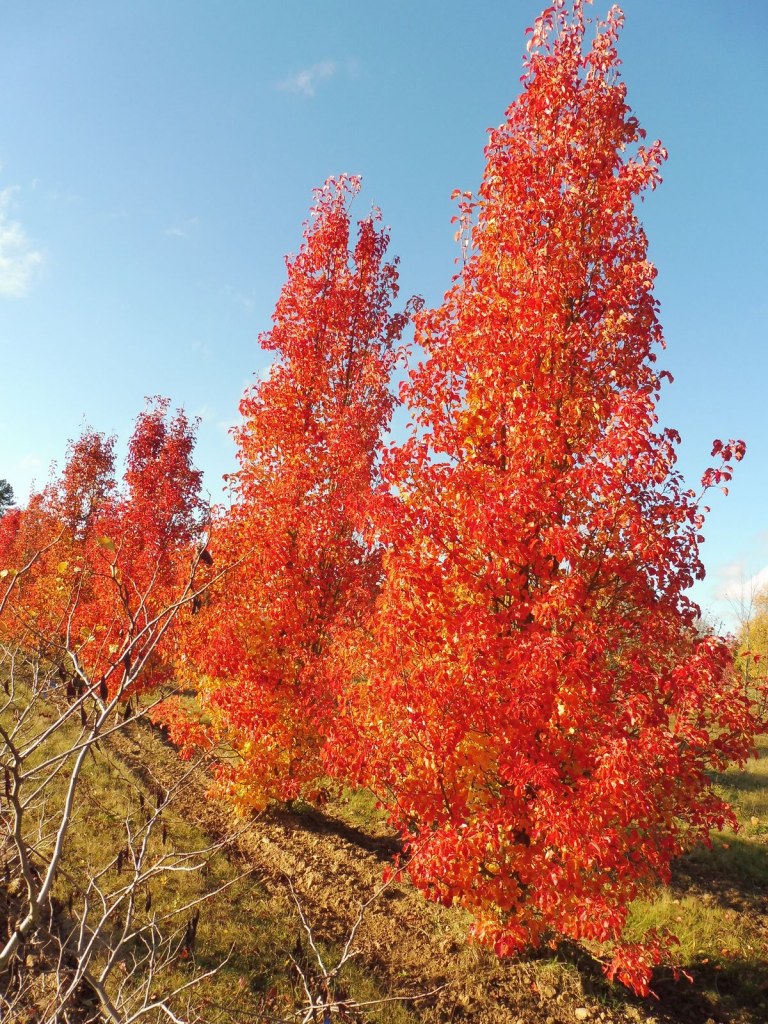
Pyrus calleryana 'Chanticleer' Poirier à fleurs Thuilleaux
Description A fantastic small tree, Pyrus calleryana 'Chanticleer' has glossy, dark-green foliage that creates a wonderful foil for the mass of white flowers in April-May. The flowers are popular with wildlife such as bees. 'Chanticleer' is one of the best ornamental pears for autumn colour, with the foliage turning vivid red before falling.

Pyrus calleryana Chanticleer Ornamental Pear Garden Tree 56ft 5051641017716 eBay
The Callery pear is a member of the Rosaceae or rose family and is native to portions of China, Japan, Korea, Taiwan, and Vietnam. In the 1950s, this promising tree was introduced into the landscape in the United States. Concerns for overplanting and structural weakness of the branches began to emerge in the 1980s.

Pyrus calleryana Chanticleer Ornamental Pear Garden Tree 56ft 5051641017716 eBay
Height: 40 feet Spread: 25 feet Sunlight: Hardiness Zone: 5a Other Names: Callery Pear Description: A tall and narrowly upright accent tree covered in attractive white flowers in spring followed by small inedible fruit, good fall color, very ornamental, symmetrical form makes for a prominent vertical accent; resistant to fireblight

Pyrus calleryana 'Chanticleer' in Cathays Cemetery
Pyrus calleryana. Callery pear (Pyrus calleryana) is a species of pear tree native to China that was brought to the US in the early 1900's in an unsuccessful attempt to improve fi reblight resistance in edible pears. This fast-growing deciduous tree in the rose family (Rosaceae) wasn't promoted as an ornamental until the 1950's.
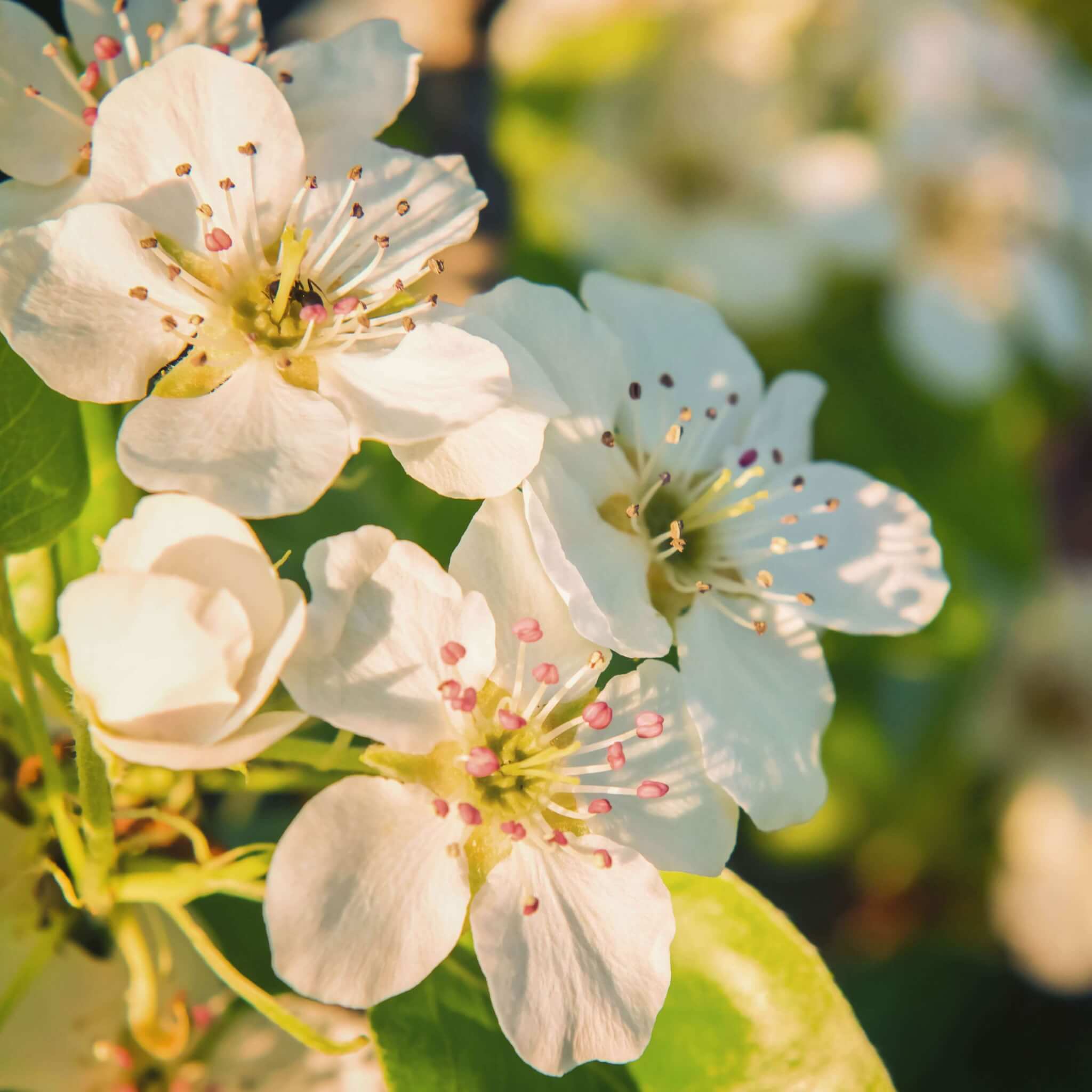
Pyrus calleryana 'Chanticleer ®' Pyrus calleryana 'Glen's Form' Western Star Nurseries
Pyrus calleryana 'Chanticleer' The most successful cultivar of Pyrus calleryana. Medium-high with a narrow, conical to ovoid crown. Remains significantly narrower than 'Bradford', but broader than 'Capital'. Approx. height 12 m. Old bark is rough, greyish brown, and flaking off in small plates.

Ken's Photo Gallery Chanticleer Pear (Pyrus calleryana)
Pyrus calleryana 'Chanticleer' Chanticleer callery pear The Chanticleer pear has a narrower pyramidal habit than 'Bradford', and good fireblight resistance, but has a less showy fall color. Flower displays are just as showy, and the clean foliage is attractive throughout the summer months, presenting a slightly finer texture due to the.
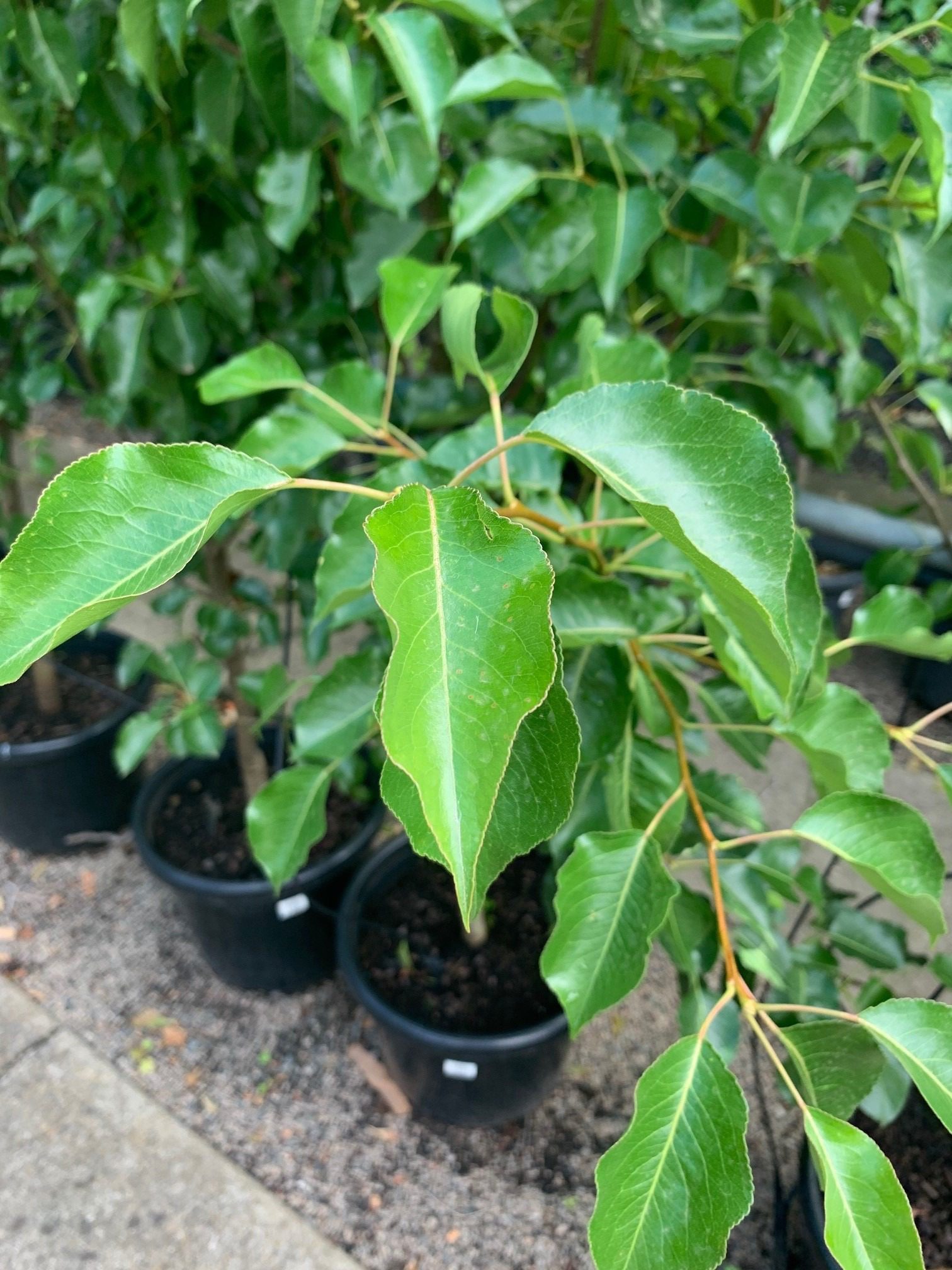
Ornamental Pear (Pyrus calleryana Chanticleer) Impressive Plants
The Chanticleer Callery Pear is also known for its resistance to fireblight. Flowers are malodorous and often killed by late spring freezes. Very small fruits are a litter problem when abundant.. When Pyrus calleryana 'Glen's Form' [sold as Chanticleer®] has been observed flowering or fruiting at Purdue University. Flowering Jan Feb Mar.
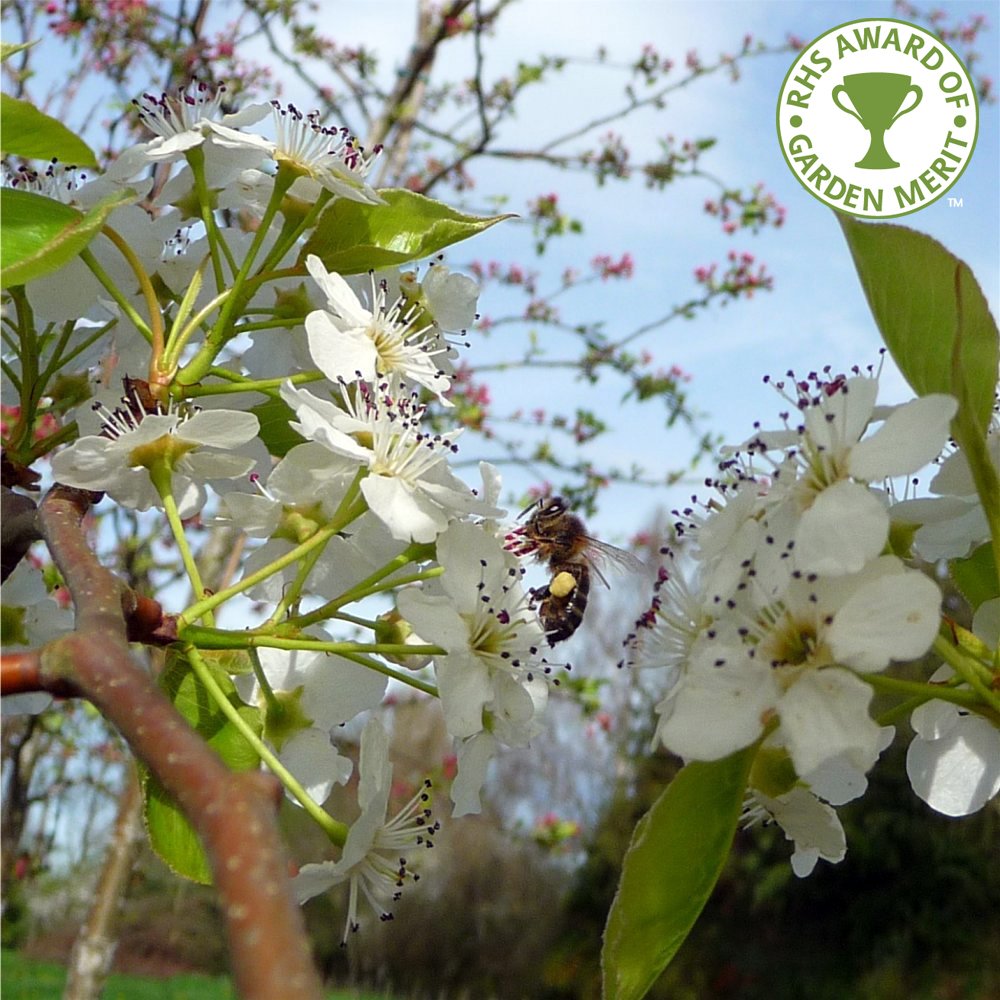
Pyrus calleryana Chanticleer Ornamental Callery Pear Trees
Pyrus calleryana chanticleer is a deciduous tree that is native to China. The tree is known for its beautiful white flowers that bloom in the spring. The flowers are followed by small, green fruits that mature to a dark purple color in the fall. The tree grows to a height of 30-40 feet and has a spreading crown. The bark is smooth and gray, and the leaves are oval-shaped and green.

Pyrus Calleryana Glensform Chanticleer Name Flowering Ornamental Pear) 400mm Pot
Pronunciation: PI-rus kal-er-ee-A-na Family: Rosaceae Genus: Pyrus Synonyms: 'Cleveland Select' Type: Broadleaf Native to (or naturalized in) Oregon: No A very tight narrow pyramidal form, with multiple leaders. It has a moderate growth rate, reaching 35 x 15 ft ( 11 x 4.5 m) in 15 years.
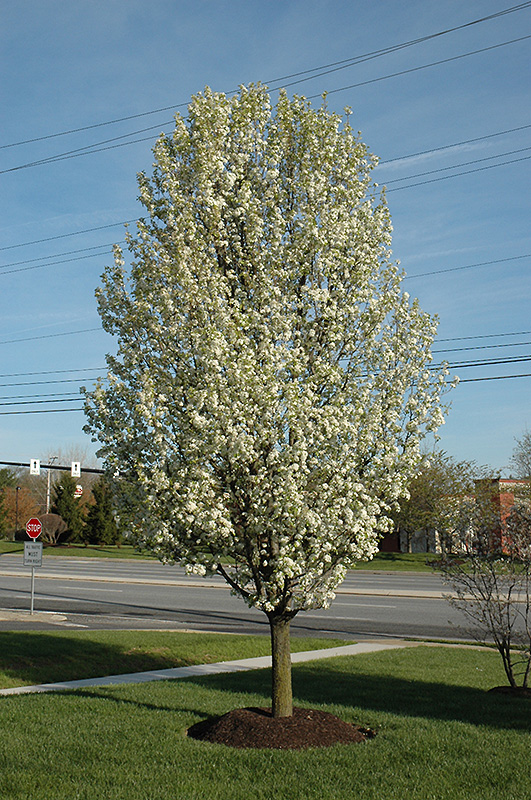
Chanticleer Ornamental Pear (Pyrus calleryana 'Chanticleer') in Denver Centennial Littleton
Pyrus calleryana 'Chanticleer' Callery pear 'Chanticleer' 'Chanticleer' is a narrowly conical medium-sized deciduous tree with glossy dark green ovate leaves, usually colouring well in autumn. Abundant clusters of white flowers followed by small brown fruits Join the RHS Become an RHS Member today and save 25% on your first year < > © RHS 2002

Roses du jardin Chêneland Pyrus Calleryana "Chanticleer
Pyrus calleryana, commonly called Callery pear, is native to China and Taiwan. It is an upright-branched ornamental tree. It grows pyramidal to columnar in youth, but tends to become oval to spreading with age. It is noted for its early profuse spring bloom, quality glossy green foliage and often excellent fall color.
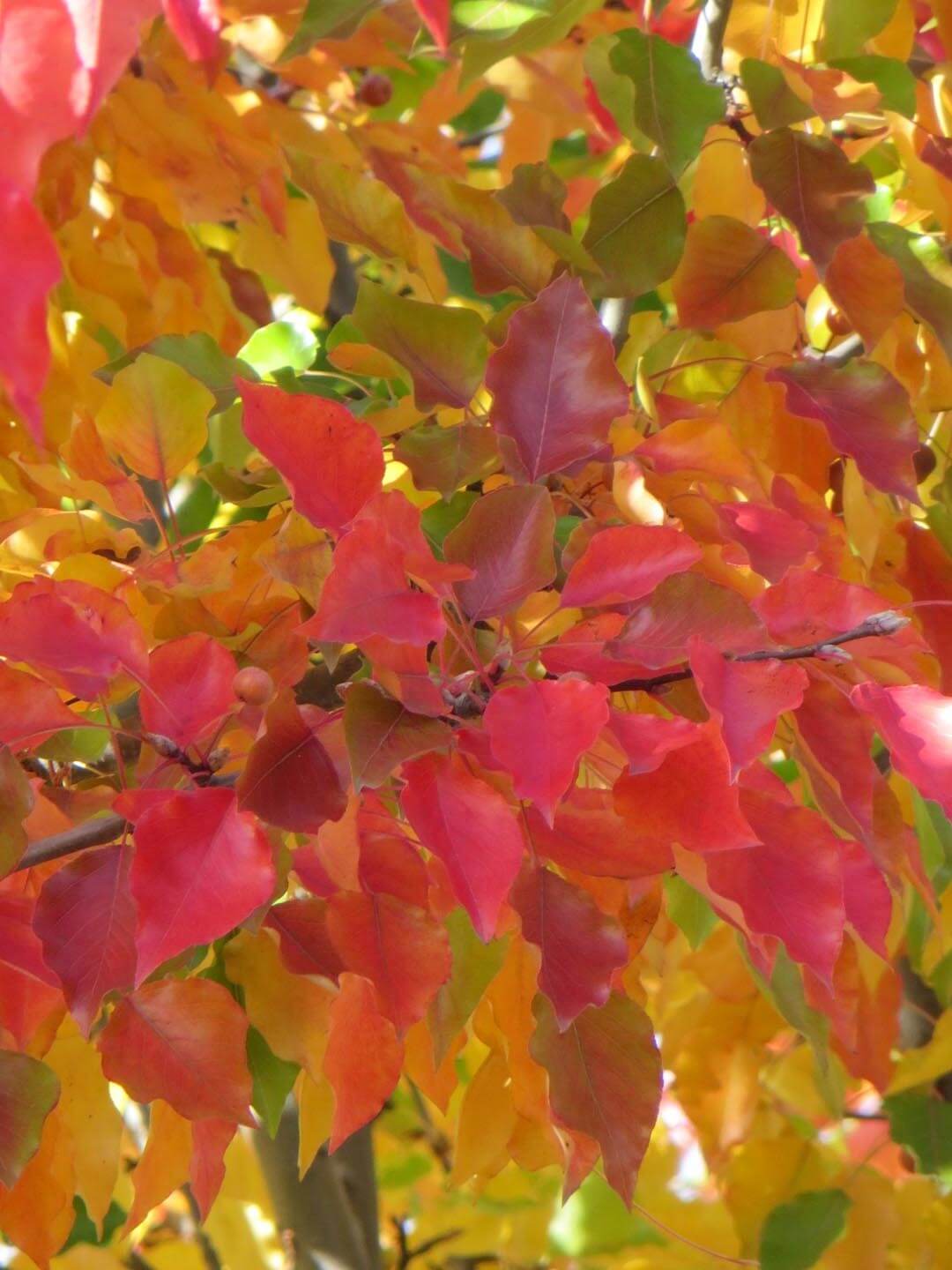
Pyrus calleryana 'Chanticleer' PP 2489 Boething Treeland Farms
Pyrus calleryana, commonly called Callery pear, is native to China and Taiwan. It is an upright-branched ornamental tree. It grows pyramidal to columnar in youth, but tends to become oval to spreading with age. It is noted for its early profuse spring bloom, quality glossy green foliage and often excellent fall color.